Surveillance Camera Footage of the 2011 Tsunami in Iwate Japan
Surveillance Camera Footage of the 2011 Tsunami in Iwate Japan
On March 11, 2011, Japan experienced the strongest earthquake in its recorded history. The earthquake struck below the North Pacific, 130 kilometers (81 miles) east of Sendai, the largest city in the Tohoku region, a northern part of the island of Honshu.
The Tohoku earthquake caused a tsunami. A tsunami—Japanese for “harbor wave”—is a series of powerful waves caused by the displacement of a large body of water. Most tsunamis, like the one that formed off Tohoku, are triggered by underwater tectonic activity, such as earthquakes and volcanic eruptions. The Tohoku tsunami produced waves up to 40 meters (132 feet) high, More than 450,000 people became homeless as a result of the tsunami. More than 15,500 people died. The tsunami also severely crippled the infrastructure of the country.
In addition to the thousands of destroyed homes, businesses, roads, and railways, the tsunami caused the meltdown of three nuclear reactors at the Fukushima Daiichi Nuclear Power Plant. The Fukushima nuclear disaster released toxic, radioactive materials into the environment and forced thousands of people to evacuate their homes and businesses
An upthrust of 6 to 8 metres (20 to 26 ft) along a 180 kilometres (110 mi) wide seabed at 60 kilometres (37 mi) offshore from the east coast of Tōhoku resulted in a major tsunami that brought destruction along the Pacific coastline of Japan's northern islands. Thousands of lives were lost and entire towns were devastated. The tsunami propagated throughout the Pacific Ocean region reaching the entire Pacific coast of North and South America from Alaska to Chile. Warnings were issued and evacuations were carried out in many countries bordering the Pacific. Although the tsunami affected many of these places, the heights of the waves were minor.
Chile's Pacific coast, one of the farthest from Japan at about 17,000 kilometres (11,000 mi) away, was struck by waves 2 metres (6.6 ft) high, compared with an estimated wave height of 38.9 metres (128 ft) at Omoe peninsula, Miyako city, Japan.
-
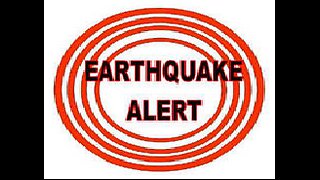 0:57
0:57
EarthChangingExtremities
2 months agoMagnitude 5.6 Earthquake Depth 50 km Strikes Near East Coast of Honshu, Japan on 14th March 2024
10 -
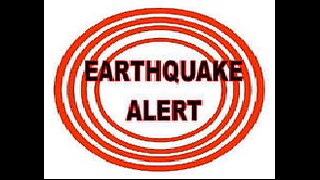 0:54
0:54
EarthChangingExtremities
1 month agoMagnitude 6.1 Earthquake Depth 40 km Strikes Near East Coast of Honshu, Japan on 4th April 2024
22 -
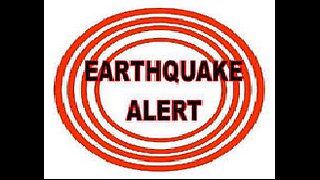 0:57
0:57
EarthChangingExtremities
1 month agoMagnitude 5.9 Earthquake Depth 59 km Strikes Near East Coast of Honshu, Japan on 1st April 2024
33 -
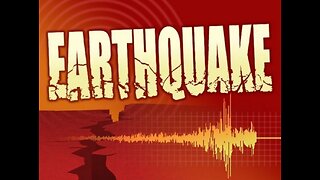 0:39
0:39
EarthChangingExtremities
1 month agoMagnitude 6.2 Earthquake Depth 26 km Strikes Southeast of Shikoku, Japan on 17th April 2024
13 -
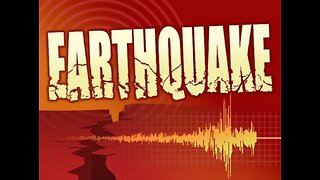 0:55
0:55
EarthChangingExtremities
2 months agoMagnitude 5.6 Earthquake Depth 10 km Strikes Ryukyu Islands, Japan on 15th March 2024
15 -
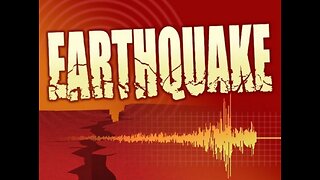 0:43
0:43
EarthChangingExtremities
1 month agoMagnitude 5.9 Earthquake Depth 13 km Strikes Southeast of Ryukyu Islands on 15th April 2024
6 -
 9:58
9:58
NaturesFury
1 month agoTaiwan NOW! Tsunami of Chaos: 7.4 Earthquake, Lives Lost, Homes Shattered, Landscapes Altered!
28 -
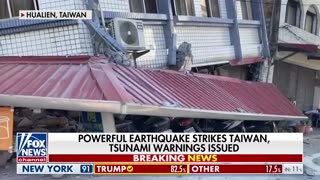 2:30
2:30
Sean Hannity
1 month agoMajor earthquake strikes Taiwan as Tsunami fears rise
15.4K12 -
 0:33
0:33
EarthChangingExtremities
3 months agoMagnitude 6.0 Earthquake Depth 254 km Strikes Volcano Islands, Japan Region on 12th Feb 2024
7 -
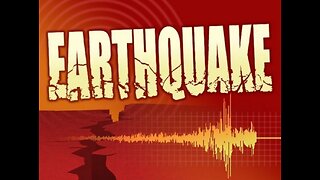 0:43
0:43
EarthChangingExtremities
1 month agoMagnitude 6.5 Earthquake Depth 497 km Strikes Bonin Islands, Japan Region on 27th April 2024
19